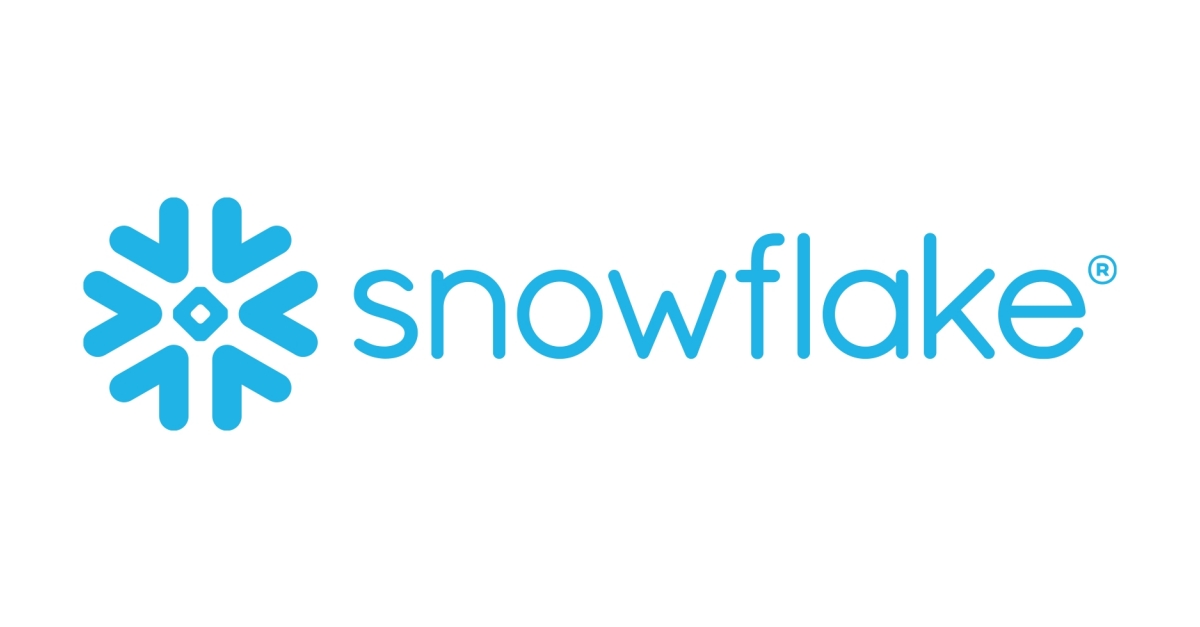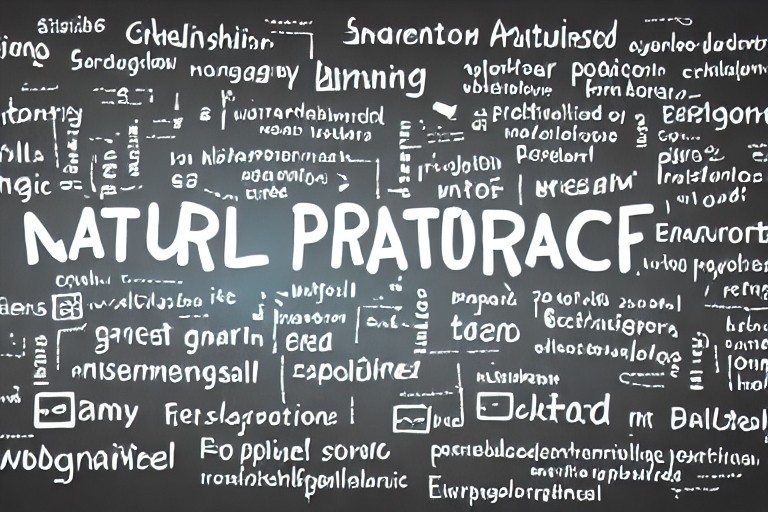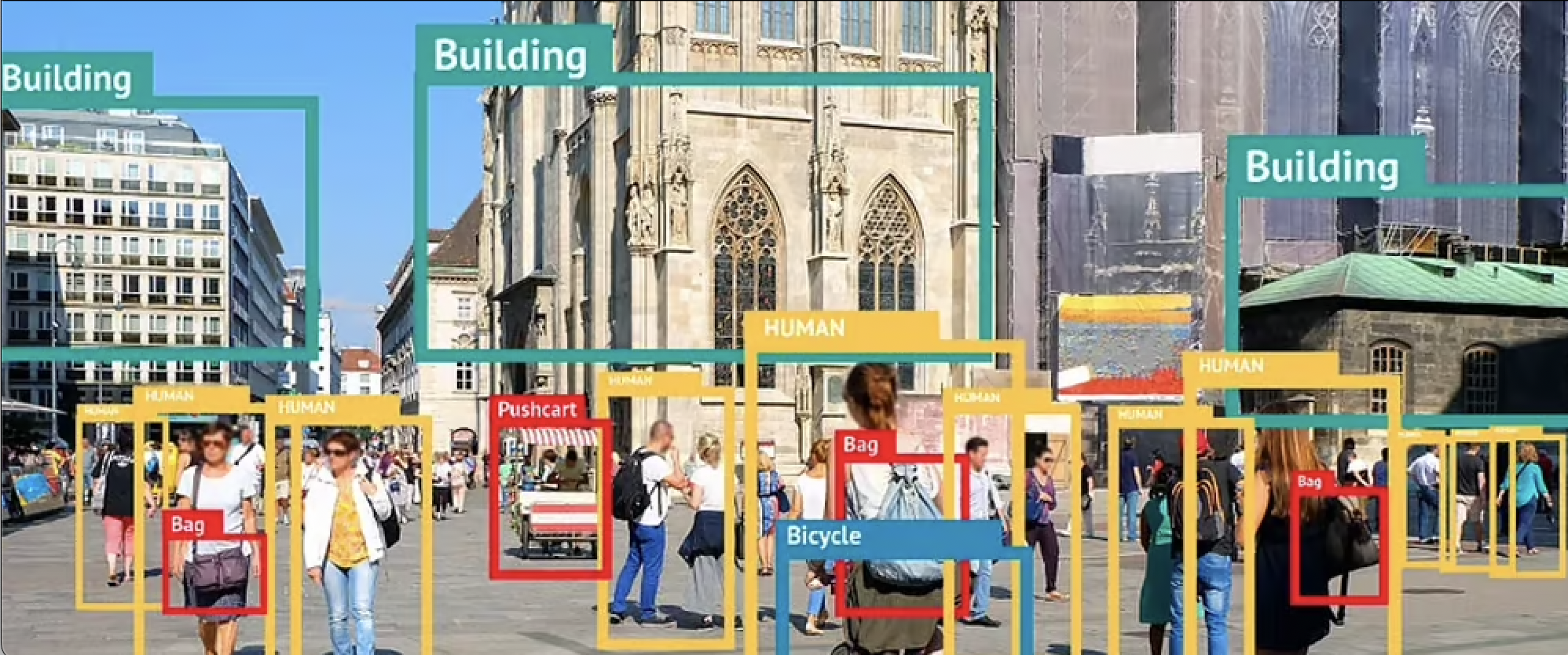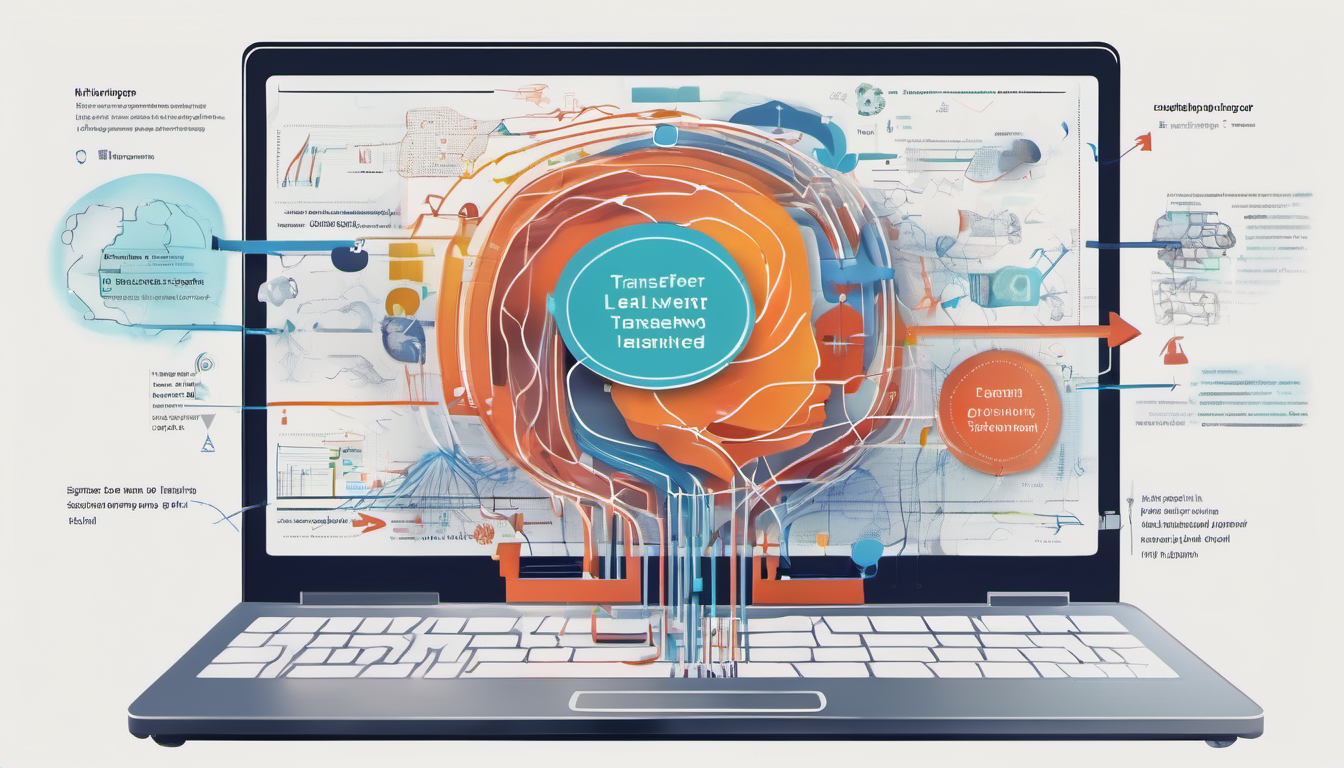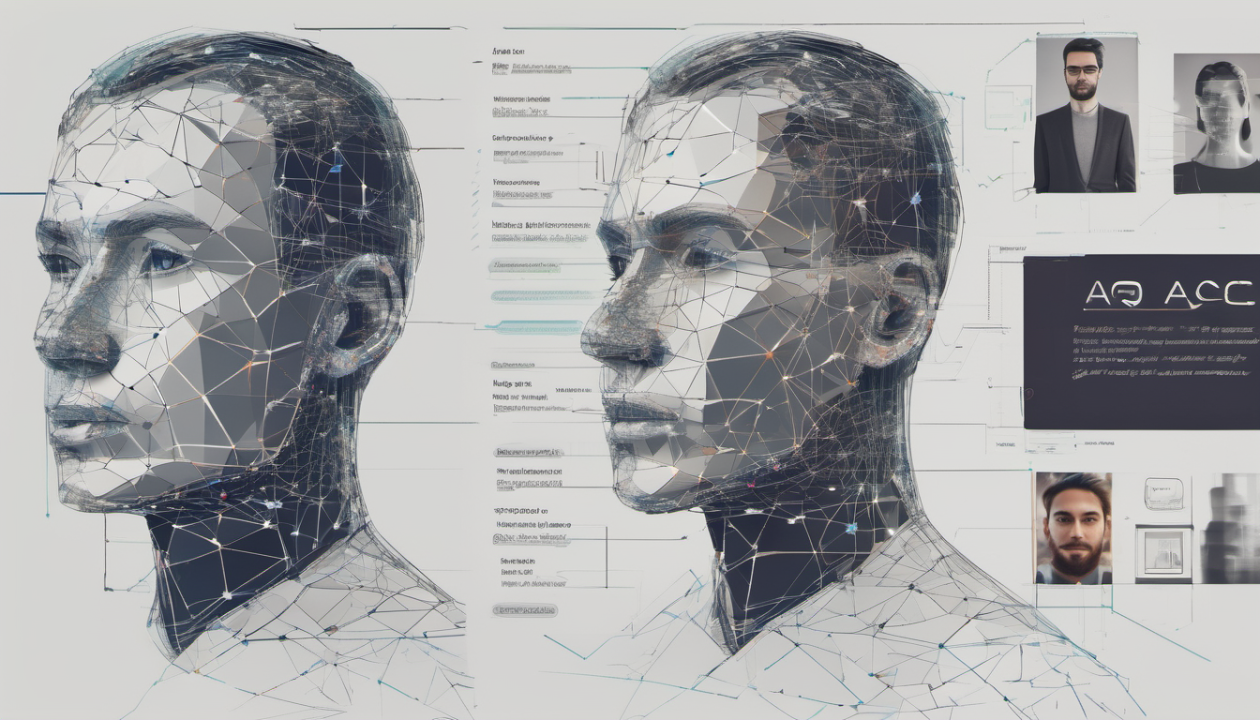In the realm of software development, design principles serve as the cornerstone of efficient and maintainable code. They are the guiding lights that illuminate the path towards scalable, flexible, and robust software solutions. Design patterns, in particular, epitomize these principles by encapsulating best practices and proven solutions to recurring design problems. Let us embark on a journey to understand the significance of design patterns and delve into the intricacies of five prominent ones discussed in the video.
welcome-to-my-website
This is the place where I share my thoughts and notes about things that I’m excited about and working on and hope to connect with people having a similar mindset. I’d love to hear from you!
Check out my latest blog posts below.
In today’s data-driven world, managing and analyzing vast amounts of data efficiently and effectively is paramount for businesses of all sizes. Among the myriad of tools and platforms available, Snowflake has emerged as a game-changer, offering a revolutionary approach to data warehousing and analytics. In this guide, we’ll delve into what Snowflake is, its history, why it’s used, its key features such as virtual data warehouses and connectivity options, a real-time use case, a comparison with its prominent competitor, Redshift, and an overview of its architecture.
Text Preprocessing for NLP: Level 1 - The Crucial Foundation
Natural Language Processing (NLP) has revolutionized the way we interact with data and technology, opening doors to innovations such as chatbots, translation services, and sentiment analysis tools. However, for NLP to be effective, it needs clean, structured text data. This is where text preprocessing comes in. At Level 1, text preprocessing includes three key steps: tokenization, lemmatization or stemming, and stop word removal.
Understanding R-CNN:# Region-based Convolutional Neural Network (R-CNN) is a deep learning architecture utilized for object detection in computer vision tasks. It segments the task into three core modules, streamlining the process of identifying objects within images.
Three Modules of R-CNN:# Region Proposal: R-CNN begins its process by segmenting the input image into multiple regions or subregions, which are commonly known as “region proposals” or “region candidates.” This initial step aims to produce a collection of potential regions within the image that are likely to contain objects of interest.
Object detection, a cornerstone of deep learning applications, continues to evolve, fueled by innovative methodologies and robust implementations. Delving into its intricacies sheds light on its historical progression, foundational concepts, and crucial metrics. Here, we dissect the fundamental aspects and emphasize the significance of advancements in non-max suppression and mean average precision (mAP).
Understanding the Basics# Object detection encompasses the identification and localization of multiple objects within images, underpinning various domains such as autonomous vehicles and medical imaging.
Transfer learning, a cornerstone of modern deep learning, has revolutionized the field by enabling models to leverage knowledge from one task or domain to enhance performance on another, circumventing the need for massive amounts of labeled data and extensive training times. Here’s a comprehensive exploration of the significance, mechanics, and applications of transfer learning:
Why Transfer Learning?# Data Efficiency: Deep learning models are notorious for their insatiable appetite for labeled data.
Face recognition, a pivotal application of computer vision, hinges on the adept utilization of machine learning (ML) algorithms. This technology empowers the identification and verification of individuals by scrutinizing and contrasting facial attributes extracted from images or video frames. The process involves several pivotal steps, each bolstered by specific ML algorithms.
Step 1: Face Detection# The first crucial step in face recognition is face detection, where the algorithm locates and extracts faces from images or video frames.

